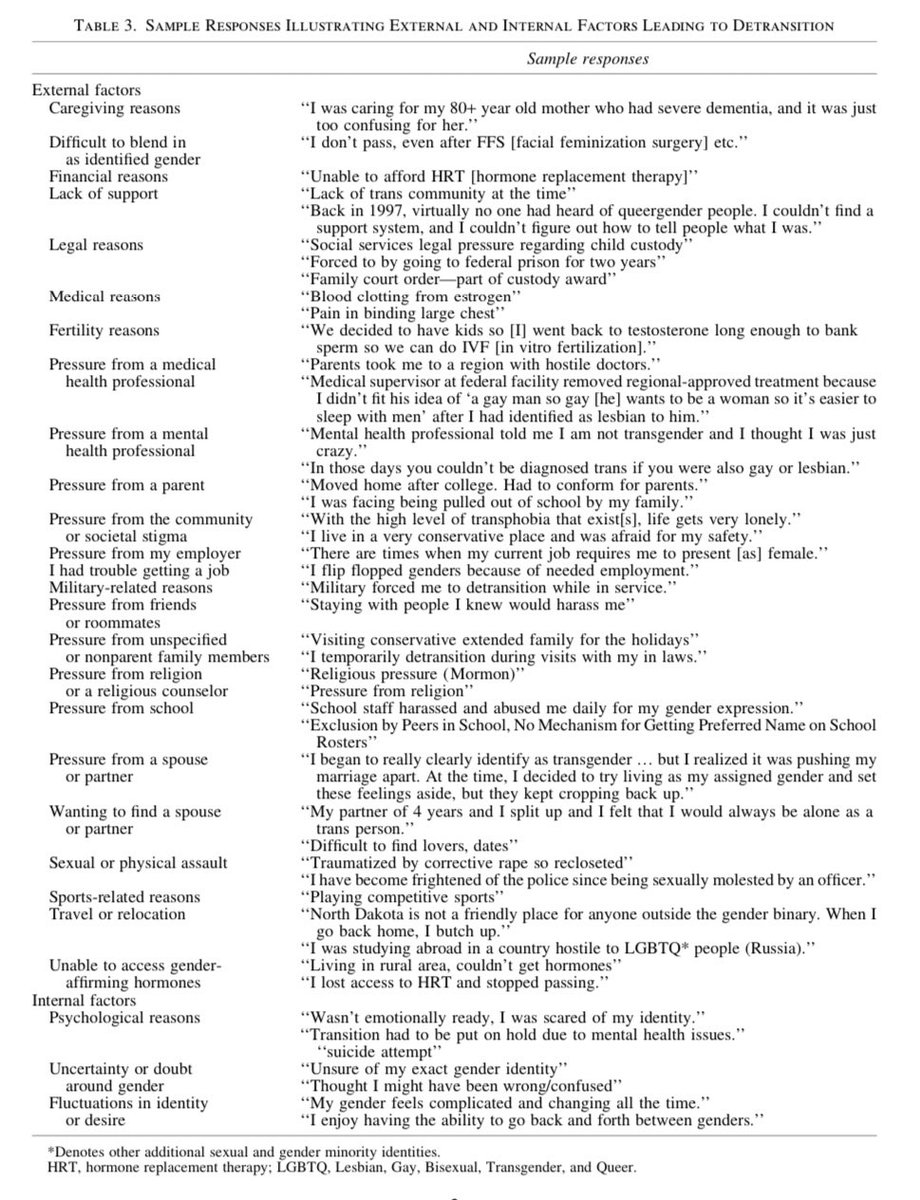
Let’s talk about “complex #PTSD.” Have you learned about it but don’t understand it? That’s because it’s controversial! But a useful construct in my opinion. #medtwitter #psychtwitter 🧵
Classic PTSD can occur after one big life threatening event (think a car crash). Common symptoms include nightmares, flashbacks, startling more easily, and avoiding things that remind you of the trauma.
In 1992, Harvard psychiatrist Dr. Judith Herman proposed the concept of complex PTSD (CPTSD) as a distinct syndrome that can occur when people have repeated prolonged trauma (for example, chronic exposure to domestic violence or childhood abuse)
She noted these patients have more symptoms than classic PTSD including trouble regulating emotions, persistent shame and guilt, chronic suicidal thoughts and self-harm, trouble maintaining relationships, and dissociative symptoms (out of body experiences for example)
You may notice these sound a bit like borderline personality disorder. And you’re right! This has been part of the controversy and part of why CPTSD hasn’t made it into the DSM. There’s a lot of symptom overlap. It makes sense, since we think BPD is related to early maltreatment
You may also note there’s the dissociative subtype of PTSD that sounds related. Right again! DSM-5 has a dissociative subtype of PTSD that is related to CPTSD. DSM-5 also added some CPTSD symptoms to the PTSD criteria (dysphoria, affective instability, changes in self perception)
These changes to DSM-5 were seen by many as a compromise. It wasn’t clear CPTSD was a separate distinct diagnosis, so many of its features were instead incorporated into the regular PTSD diagnostic criteria
It’s worth noting that the ICD-11 *does* recognize CPTSD, while the DSM-5 does not. Here are the criteria for PTSD and CPTSD from ICD-11. 

In summary, CPTSD is confusing! There’s a long history of recognizing that people with repeated prolonged trauma have different symptoms than those with a single big trauma (more dissociation, negative thoughts of self, relationship problems, self-harm), but we fight about labels
@drjessigold @PoojaLakshmin @WFKARS @DrJenGunter @choo_ek @tylerblack32 @TripleThreat_MD @chandan_khandai @amybarnhorst @KazJNelson @ZhealaQayyum @DrHowardLiu @DoctorKevo @DrAyanaJordan @DallasDucar @usnehal @DrewRamseyMD
• • •
Missing some Tweet in this thread? You can try to
force a refresh






